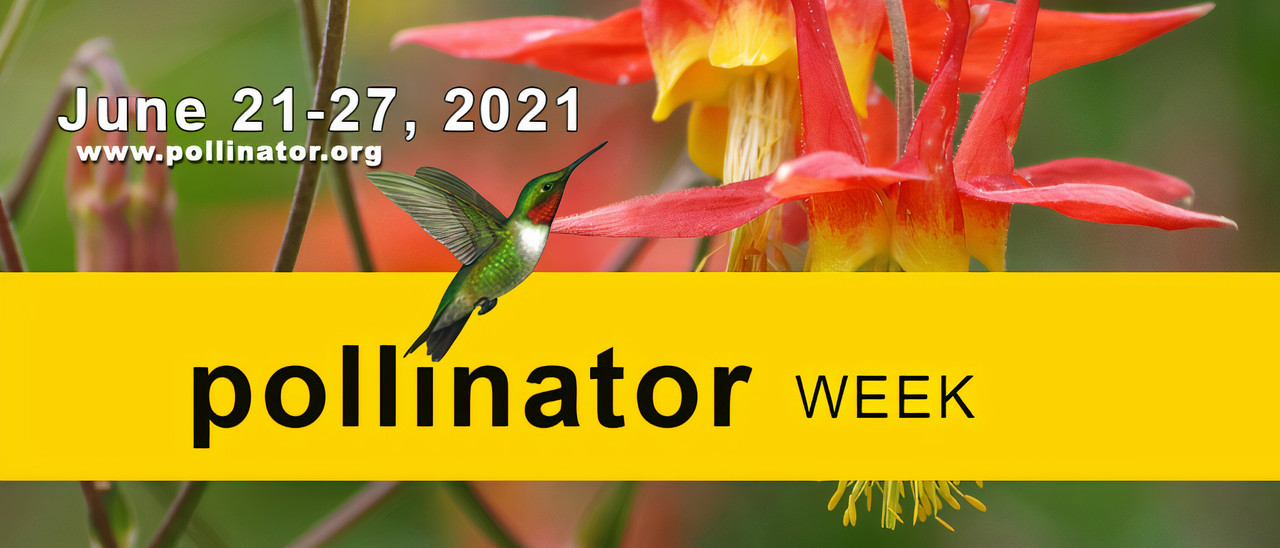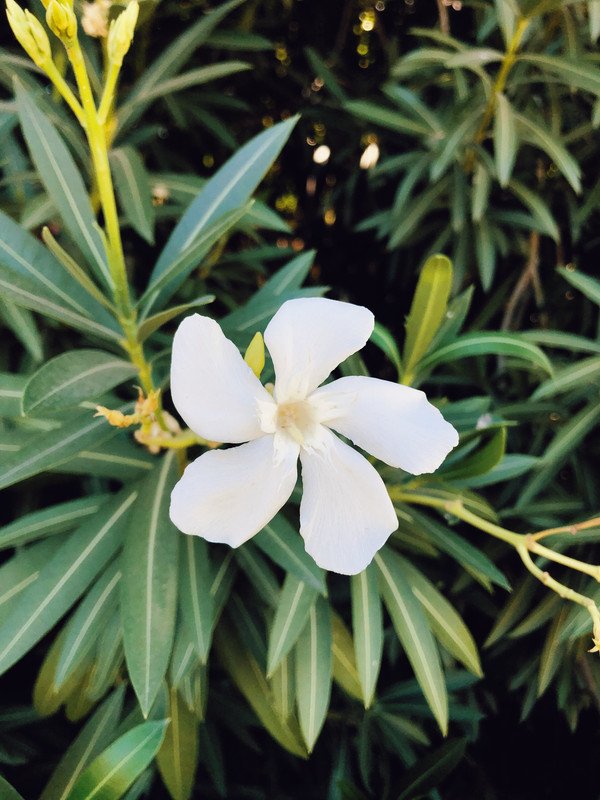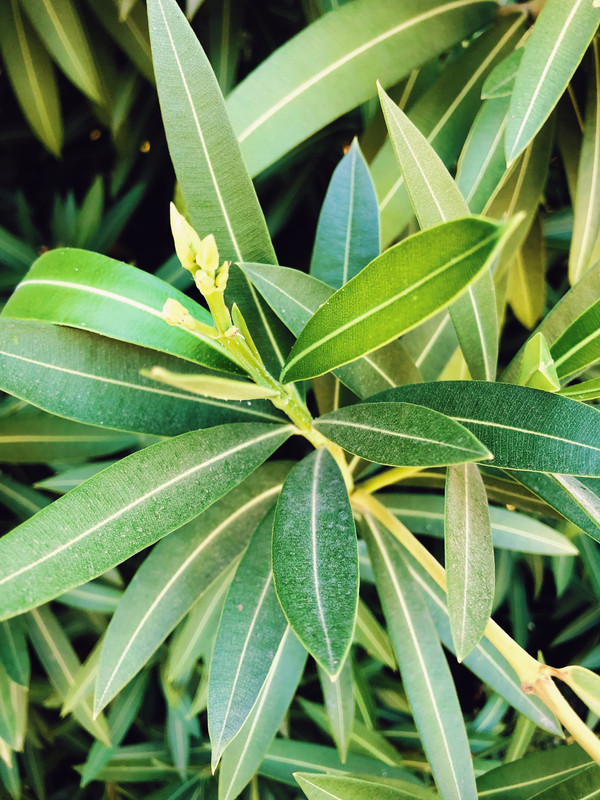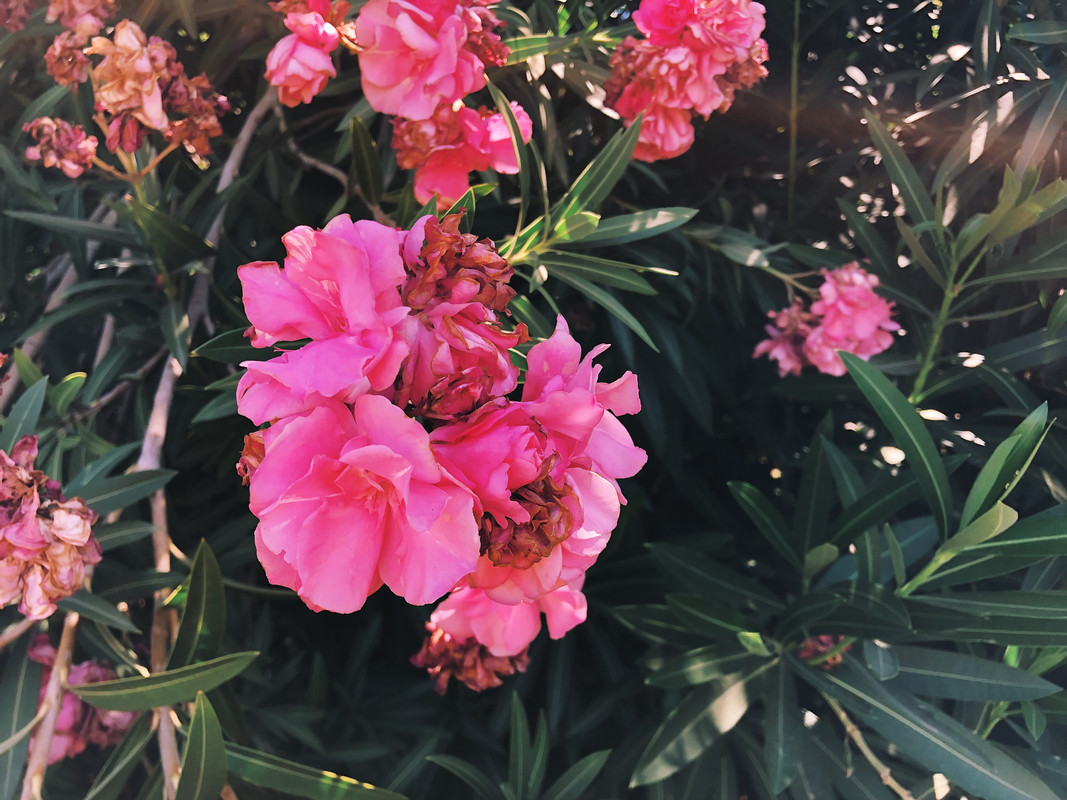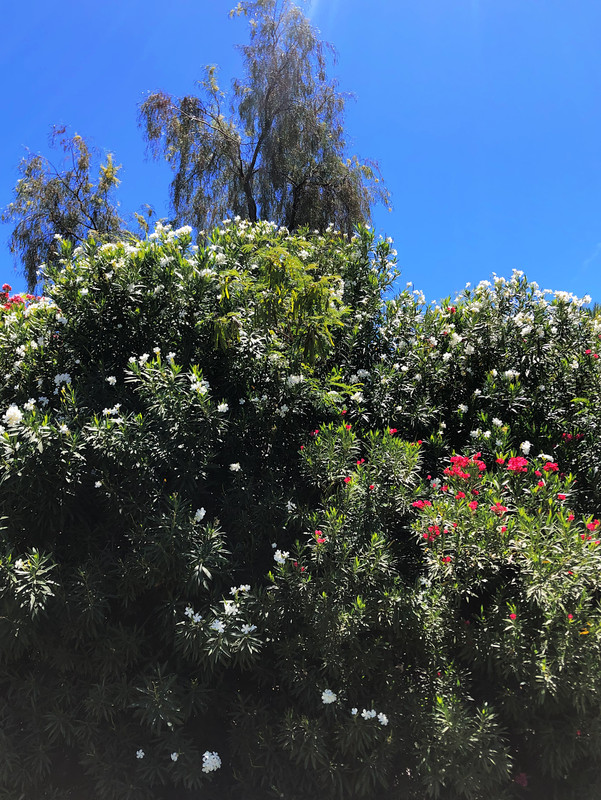June 2021 EcoQuest: The Night Shift
Join the June EcoQuest: The Night Shift
Find and map nocturnal pollinators and the plants they visit.
PLEASE NOTE: You must JOIN this EcoQuest to have your observations counted.
Join the EcoQuest
Honey bees and birds are recognized and appreciated for pollination during the day, but who works the night shift? Observations from this EcoQuest can contribute data and information for nocturnal pollinator relationships and ecosystem services in metro Phoenix.

Photo by Merlin D. Tuttle, Bat Conservation International.
Many people are familiar with honey bees, birds and other species that are daytime pollinators, but which ones are busy working at night? Nocturnal pollinators are understudied, especially when compared to diurnal ones. These night workers and the plants they pollinate are often coadapted to one another, with unique relationships and features. The plants often have flowers that open at night or in the evening, with strong fragrance and lots of nectar, and are mostly white or light colored. The scent and nectar lure pollinators in and light colors make flowers easier to find in moonlight. Datura (Datura spp.), evening primrose (Oenothera spp.), coyote tobacco (Nicotiana attenuata), saguaro (Carnegiea gigantea), organ pipe cactus (Stenocereus thurberi), cardón (Pachycereus pringlei), night-blooming cereus (Peniocereus greggii), yuccas (Yucca spp.) and agaves (Agave spp.) are a few examples of plants that you can find nocturnal visitors hanging around.
In addition to being understudied themselves, we don't really know the scale at which these species contribute to pollination as an ecosystem service, for crops or wild plants. A few examples of nocturnal pollinator relationships in the Sonoran Desert include bats (Leptonycteris curasoae yerbabuen and Choeronycteris mexicana)visiting saguaros (Carnegiea gigantea) and agaves (Agave spp.), yucca moths (Prodoxidae Family) visiting yuccas (Yucca spp.), and hawk moths (Sphingidae Family) visiting datura (Datura wrightii) and coyote tobacco (Nicotiana attenuata). Moths and bats often get a bad rap, with moths seen as destroyers of clothing and crops, and bats as scary disease carrying rodents. While bats can carry pathogens that cause disease, the risk of infection from a bat is extremely low, and bats don't go out of their way to attack humans. Even bites from vampire bats (subfamily Desmodontinae) are rare. Bats specifically are responsible for pollinating many of the food crops we eat, including figs, dates, mangoes, peaches and bananas. Some studies have estimated that by eating insects, bats provide a pest control service for US agriculture estimated to be worth over $3.7 billion per year, and possibly as much as $53 billion (USGS). Long-nosed bats (Leptonycteris spp.) also play a major role in tequila production, being primary pollinators of agave (Agave spp.). While some moth larvae do eat clothing, moths actually make a considerable contribution as pollinators, including food crops. Pollination by moths is more common here in the Sonoran Desert, thanks to favorable environmental conditions. A recent study from University College London shows that moths are likely greater contributors to pollination than previously thought and for a greater diversity of plants, including those less visited by bees.
Moths and bats are some of the more well-studied nocturnal pollinators, but many different species are active at night, including beetles and flies. Did you know there are even nocturnal bees? As we learn more about nocturnal pollinators, we're increasingly finding that they play a larger role in pollination services than previously thought. We're more familiar with the decline in daytime pollinators, especially native bees, but what could be happening to nocturnal pollinators we hardly know much about? Over half of bat species are already listed as threatened or endangered, and we're learning that plants lit with artificial light at night have less nighttime visitors. Could we be losing nocturnal pollinators before we even have a chance to understand them? When we think about pollinators, it's important to remember the ones working the night shift are worthy of conservation consideration too.
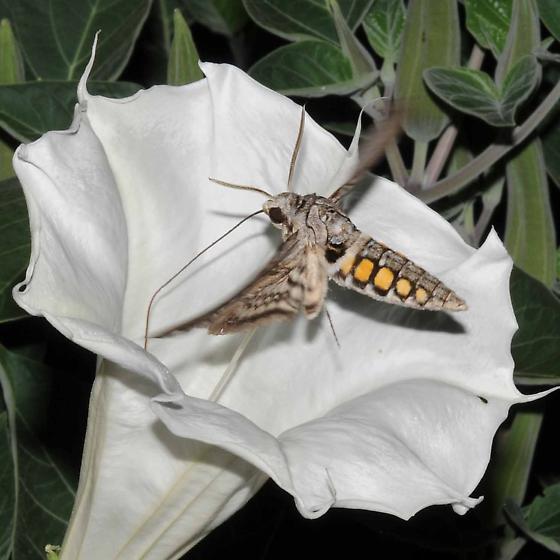
Photo by Sara Wright.
Observations from this EcoQuest can contribute data and information for nocturnal pollinator relationships and ecosystem services in metro Phoenix. We can learn more about which species are visiting which plants and how they contribute to pollination. Observing nocturnal pollinators at work can also increase appreciation and understanding of them.
Did you know you can post visual or sound recordings as observations?

Bat echolocation recording by @sonoranaturalist.
HOW TO OBSERVE:
Guide to moth lighting.
Check out Echo Meter for recording and identifying bats.
One of the easiest ways to observe at night is to find night blooming plants near you (you can use iNaturalist), get a chair and a light source (like a flashlight or lantern) and sit, watch and observe. You can also make observations around light sources where you live, like porch, patio or street lights.
WHAT TO OBSERVE:
If you catch a pollinator in action, be sure to upload an observation for the pollinator AND the plant. You can use the same image, but make two observations.
Butterfly and Moth Guide
Bat Guide
Plants (Kingdom Plantae)
Bats (Order Chiroptera)
Butterflies and Moths (Order Lepidoptera)
Beetles (Order Coleoptera)
Flies (Order Diptera)
Thrips (Order Thysanoptera)
Ants, Bees, Wasps, and Sawflies (Order Hymenoptera)
Sources and more information:
Arizona-Sonora Desert Museum
Callum J. Macgregor and Alison S. Scott-Brown: Nocturnal pollination: an overlooked ecosystem service vulnerable to environmental change.
Xerces Society
US Department of Agriculture
US Fish and Wildlife Service
Dr. Kim Pegram, Program Director of Pollinator Conservation and Research at Desert Botanical Garden
Natalie Melkonoff, Plant and Insect Ecology Program Coordinator at Desert Botanical Garden

EcoQuests are month-long challenges that are part of the larger Metro Phoenix EcoFlora project.
You can learn more and join the Metro Phoenix EcoFlora here:
https://www.inaturalist.org/projects/metro-phoenix-ecoflora
Sign up for the newsletter at ecofloraphx@dbg.org.
Let's be social @ ecofloraphx

PLEASE observe COVID-19 guidelines/recommendations.
This a great opportunity to get outdoors close to home as we all navigate the complications of COVID-19. However, it is imperative that you follow the guidelines/recommendations of your local governments and institutions (wear a mask, practice physical distancing and wash your hands). Do what’s best for you and your community.
Arizona Office of Tourism: Responsible Recreation in AZ
https://tourism.az.gov/responsible-recreation-across-arizona
Please do not observe indoor houseplants or pets.
For your own safety and the protection of plants and wildlife, do not trespass when making observations. Please follow all posted rules and guidelines in parks/preserves and do not enter private property.
Do not remove or move natural materials (plants, animals, rocks).
Respect wildlife (do not touch, feed, or disturb animals and keep a safe distance).



